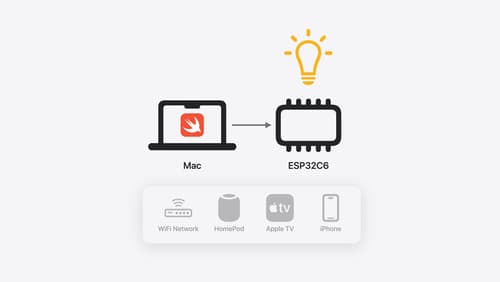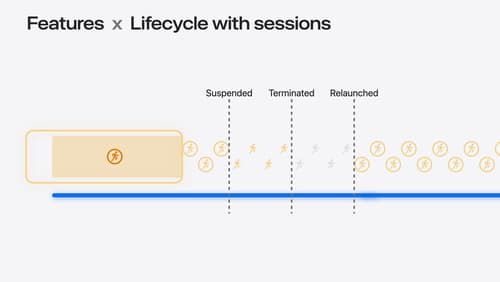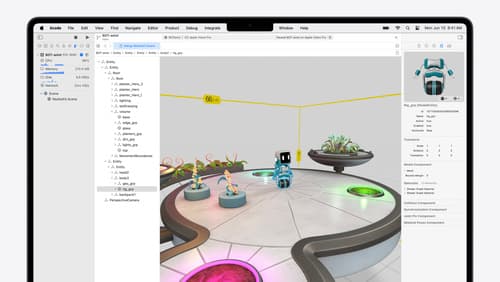Core location
Asked on 2024-08-20
1 search
The session titled "What’s new in location authorization" at WWDC 2024 covers updates and improvements in the Core Location framework, specifically focusing on location authorization. Here are some key points from the session:
-
CL Service Session: This is a new declarative way to specify your app's location authorization goals. It simplifies the process of handling location permissions by allowing you to define what your app needs for each feature while it is running.
-
Session Lifecycle: The session discusses how to manage service sessions, including what happens when your app is suspended or terminated. Core Location can resume or relaunch the app into the background when new information is ready, provided the app's authorization allows it.
-
Diagnostic Properties: A new system of diagnostic properties provides a complete contextual understanding of the app's current authorization status and the function of Core Location API objects. This helps in identifying why updates or events might not be delivered as expected.
For more detailed information, you can refer to the session chapters:
If you have any specific questions about these topics, feel free to ask!

Go small with Embedded Swift
Embedded Swift brings the safety and expressivity of Swift to constrained environments. Explore how Embedded Swift runs on a variety of microcontrollers through a demonstration using an off-the-shelf Matter device. Learn how the Embedded Swift subset packs the benefits of Swift into a tiny footprint with no runtime, and discover plenty of resources to start your own Embedded Swift adventure.

What’s new in location authorization
Location authorization is turning 2.0. Learn about new recommendations and techniques to get the authorization you need, and a new system of diagnostics that can let you know when an authorization goal can’t be met.

Break into the RealityKit debugger
Meet the RealityKit debugger and discover how this new tool lets you inspect the entity hierarchy of spatial apps, debug rogue transformations, find missing entities, and detect which parts of your code are causing problems for your systems.
